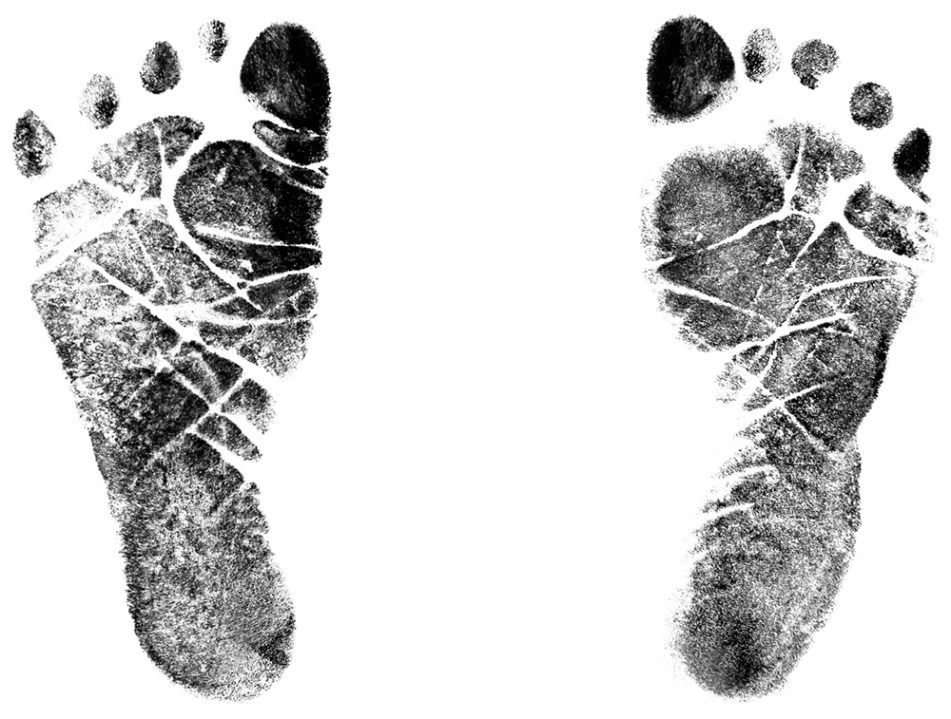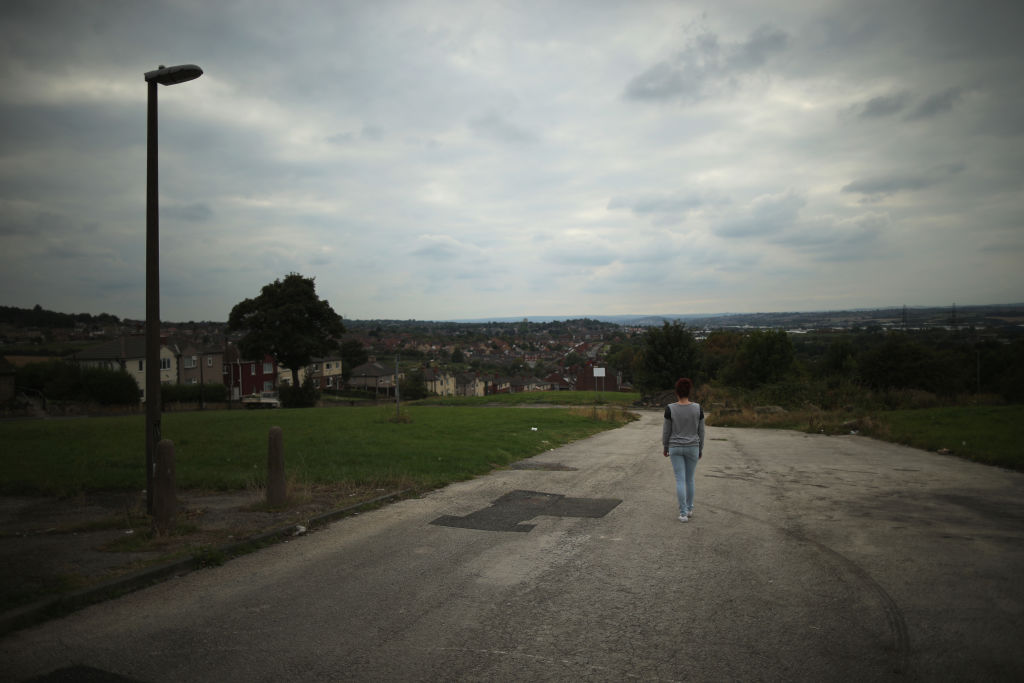
Park life
Locals were angered by the closing off of 1,500 acres of Windsor Great Park to create a secure area around Forest Lodge, the new home of the Prince and Princess of Wales. Medieval residents of Berkshire would have been in sympathy, as William I had the entire park closed off to the public under his Forest Laws. Large parts of the park were eventually opened to the public by William IV in the 1830s, though it wasn’t good enough for some. In 1972 anti-monarchists set up what they called the People’s Free Festival trying to reclaim the park for the public, claiming it had been illegally enclosed by George III. The festival was repeated for the following two years before being broken up by the police. The following year the government offered a nearby airfield for the event instead.
Idle hands
Rachel Reeves says she wants to ‘abolish long-term youth unemployment’. How many young people are not in employment, education or training (Neet)?
– In the second quarter of this year there were 948,000 young people classified as Neet, up from 923,000 in the first quarter.
– The former figure amounted to 12.8% of 16- to 24-year-olds.
– Prior to the pandemic, more women than men were Neet, but this has now turned around, with 13.1% of males and 12.4% of females Neet.
– Over the past decade the highest proportion of Neets was in the fourth quarter of 2024, when 13.2% of 16- to 24-year-olds were Neet.
– The lowest was between April and June 2021, when it was 9.7%.
Kissing cousins
The NHS was attacked for publishing guidance which claimed that first cousin marriages can promote ‘stronger extended family support systems and economic advantages’. What are the risks of first cousins conceiving children?
– A 2013 study involving 13,776 pregnancies in Bradford found that the risk of congenital abnormalities was 6.1% in the case of first cousins conceiving children together and 2.4% in the case of non-consanguineous conceptions.
– A Norwegian study of children born between 1967 and 1995 found that birth defects were 36 per 1,000 in the case of first cousin matings and 15 per 1,000 in the case of non-consanguineous ones.
– A study of 131,760 children in north-eastern France found that 1.08% of cases of congenital abnormalities involved consanguineous conceptions. The latter made up 0.28% of all births.








Comments